Law School Recommendation Letter Template Guide
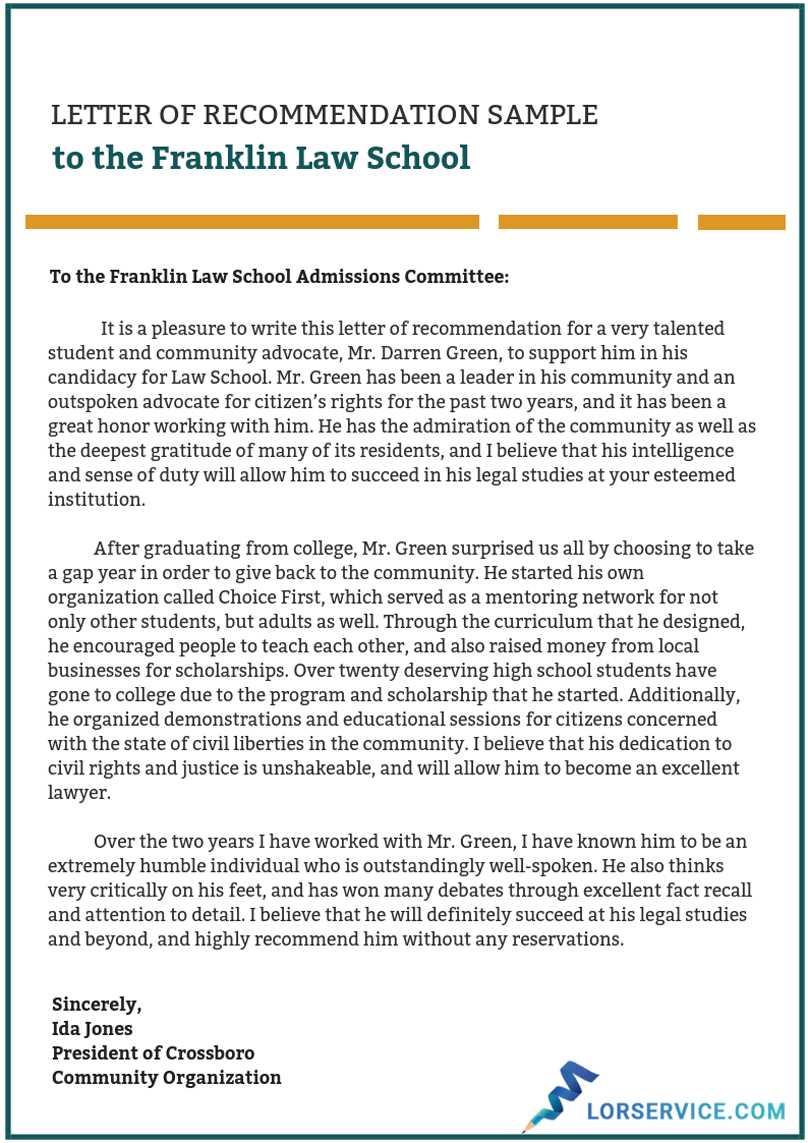
Writing a powerful endorsement for someone applying to a prestigious program requires careful thought and attention. The goal is to highlight their qualities and achievements, demonstrating why they stand out among other candidates. A well-crafted statement can be the deciding factor in helping an applicant secure a spot in a competitive environment.
In this guide, we will explore how to create a strong, persuasive document that emphasizes the applicant’s strengths and qualifications. We’ll focus on structure, tone, and content, ensuring that every section contributes meaningfully to the overall impression. Whether you are new to writing these kinds of statements or have experience, these insights will help you produce an impactful and memorable endorsement.
Law School Recommendation Letter Template Overview
Creating an endorsement for someone applying to a competitive program involves more than simply filling in the blanks. It requires a balance of highlighting the individual’s strengths while maintaining professionalism and clarity. The purpose of such an endorsement is to convey why the applicant is well-suited for the program and to provide specific examples of their qualifications.
To effectively craft an endorsement, it’s essential to follow a structure that flows logically. A typical statement should include the following key elements:
- Introduction: A brief overview of the relationship between the writer and the applicant, explaining how they know each other and for how long.
- Candidate’s Strengths: Specific traits and skills the individual possesses that make them a strong fit for the program.
- Examples of Achievement: Concrete examples or instances that demonstrate the applicant’s abilities in action.
- Closing Remarks: A final summary that reiterates the candidate’s suitability and expresses strong support for their application.
By following this structure, you ensure that your statement is clear, focused, and impactful. The content should be customized to reflect the applicant’s unique qualities, making the endorsement personal and genuine. This approach will significantly increase the likelihood of the applicant standing out in the selection process.
Why a Strong Recommendation Matters
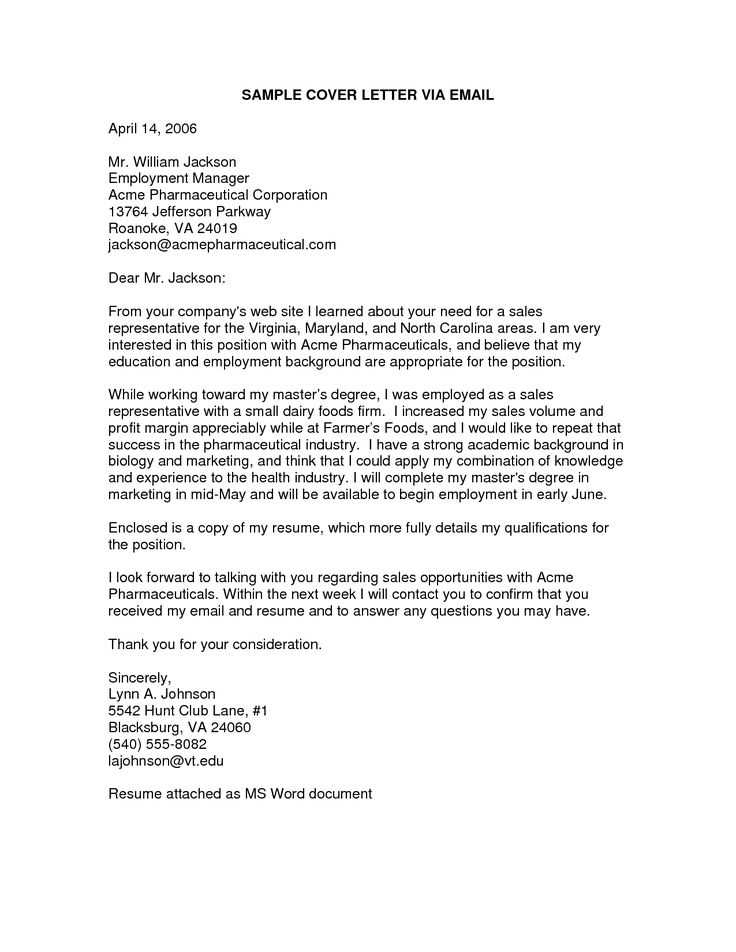
A compelling endorsement can make all the difference in an applicant’s journey to securing a spot in a competitive program. These personal endorsements provide insight into the applicant’s character, achievements, and potential, offering a perspective that goes beyond grades and test scores. When written effectively, such statements have the power to emphasize an individual’s unique qualities and suitability for the program.
What sets a powerful endorsement apart is its ability to paint a clear and memorable picture of the applicant. A well-crafted message highlights not just their academic strengths, but also their work ethic, personality, and potential contributions to the community. In many cases, this can be the deciding factor that gives applicants an edge over others with similar qualifications.
In a highly competitive environment, a strong endorsement:
- Provides a deeper understanding of the applicant’s strengths and qualities.
- Supports the applicant’s claims with specific, real-world examples.
- Conveys confidence in the applicant’s ability to succeed and contribute.
Ultimately, an endorsement isn’t just a formality; it’s an opportunity to advocate for someone’s future and influence their chances of success. A well-written statement can help the applicant stand out, making it a critical piece of their application.
Key Components of a Successful Letter
To craft an impactful endorsement, it’s crucial to include several key elements that collectively paint a comprehensive picture of the applicant. These components not only serve to highlight the individual’s strengths but also demonstrate their potential for success in a challenging environment. Without these essential parts, the statement risks being generic and unconvincing.
Introduction and Relationship to Applicant
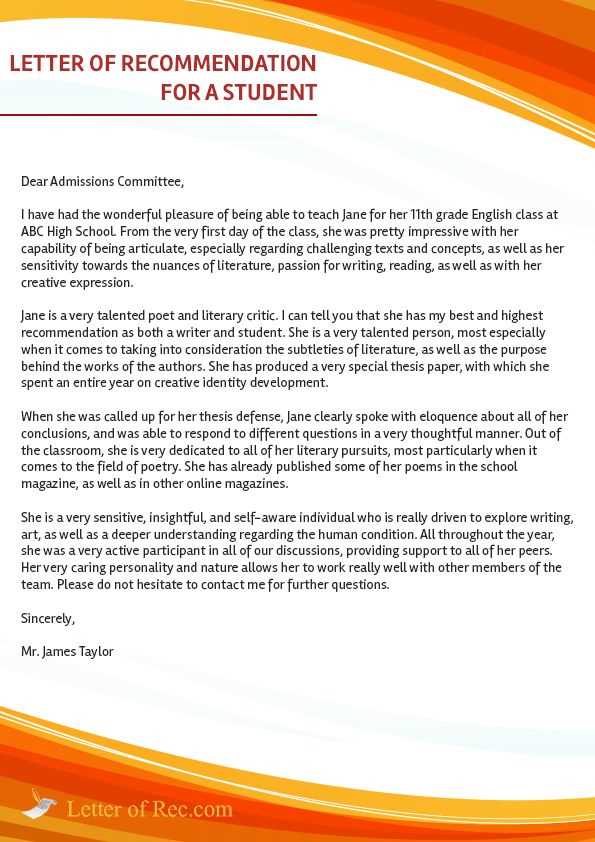
The opening of the endorsement should establish the writer’s relationship with the individual. This section provides context for the reader, explaining how long the writer has known the applicant and in what capacity. This builds credibility, as it shows the writer has sufficient experience to speak on the applicant’s abilities and character.
Specific Qualities and Achievements
A successful endorsement emphasizes the applicant’s unique strengths, such as problem-solving skills, leadership, and work ethic. It’s important to provide concrete examples that showcase these qualities in action. By offering real-life scenarios or accomplishments, the writer can effectively illustrate why the individual stands out among others.
In summary, the key components of a successful endorsement include:
- Context of the relationship: Explaining the connection between the writer and the applicant.
- Examples of achievements: Highlighting key moments or accomplishments that demonstrate the individual’s strengths.
- Strong closing: A final affirmation of support and confidence in the applicant’s potential.
These elements combine to create a persuasive and memorable endorsement that provides the decision-makers with a well-rounded view of the applicant’s qualifications and future promise.
How to Structure the Letter Effectively
To create a compelling and effective endorsement, it’s important to follow a clear structure that flows logically from one section to the next. The organization of the document not only ensures clarity but also strengthens the impact of the message. A well-structured letter allows the reader to easily follow the writer’s points and provides a comprehensive view of the applicant’s abilities and potential.
Opening and Context
The beginning of the endorsement should immediately establish the relationship between the writer and the candidate. It is essential to include the context in which the writer has worked with or observed the applicant. This helps the reader understand the level of familiarity the writer has with the individual and provides a foundation for the following remarks.
Main Body and Supporting Details
After the introduction, the body of the endorsement should be focused on showcasing the applicant’s skills and accomplishments. This section should be organized around specific examples that demonstrate the individual’s strengths. Each example should be clear and relevant, illustrating the candidate’s qualifications with concrete evidence of their performance and character.
In summary, an effective structure involves:
- Introduction: Establishing the relationship and context of the writer’s experience with the applicant.
- Main Body: Detailing the applicant’s strengths, supported by relevant examples.
- Conclusion: A strong closing that reinforces the writer’s support for the applicant.
By following this logical flow, the endorsement becomes a powerful tool that effectively communicates the applicant’s suitability for the program and makes a lasting impression on the reader.
Common Mistakes to Avoid in Letters
While crafting an endorsement, it’s easy to make small errors that can undermine the overall effectiveness of the message. Avoiding these mistakes is key to ensuring that the statement is both clear and impactful. Certain common pitfalls can diminish the power of the endorsement, leaving a less favorable impression of the applicant.
Overly General or Vague Statements
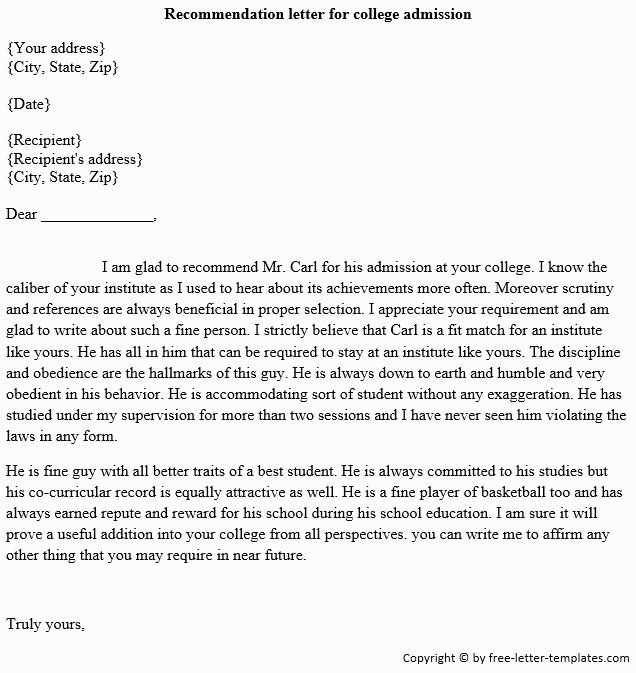
One common mistake is making broad, non-specific claims about the applicant’s abilities. General statements like “They are a great student” or “They will do well in the program” don’t provide any real insight into the applicant’s qualifications. It’s essential to back up claims with concrete examples and specific details that highlight the individual’s unique strengths.
Lack of Focus or Structure
Another mistake is failing to organize the content logically. A letter that jumps between unrelated points or lacks a clear structure can confuse the reader and dilute the impact of the endorsement. A focused, well-organized statement ensures that the reader can easily follow the key points and understand why the applicant is deserving of consideration.
| Common Mistakes | Why They Matter | How to Avoid |
|---|---|---|
| Overly General Statements | They don’t provide evidence of the applicant’s abilities. | Use specific examples to back up your claims. |
| Lack of Focus | The message becomes unclear and disjointed. | Organize the content logically and stay on topic. |
| Excessive Length | It can overwhelm the reader and lose their attention. | Keep the endorsement concise and focused on key points. |
By avoiding these common mistakes, you ensure that your endorsement is both professional and effective, giving the applicant the best possible chance of success.
Personalizing the Template for Each Student
When crafting an endorsement, it’s essential to tailor the content to fit the individual applicant. While a basic structure can serve as a helpful starting point, each endorsement should reflect the unique qualities and experiences of the person it is meant to support. Personalizing the content not only makes the endorsement more genuine but also enhances its impact, demonstrating that the writer truly understands the applicant’s potential.
Generic statements that apply to all students can weaken the effectiveness of the message. To create a compelling and persuasive endorsement, it’s important to focus on specific traits that make the individual stand out.
Highlighting Individual Strengths
Every student has unique strengths and experiences. Rather than using a one-size-fits-all approach, focus on the qualities that set the applicant apart. Whether it’s a strong work ethic, leadership abilities, or problem-solving skills, make sure to emphasize these specific traits and provide real-life examples.
Incorporating Relevant Experiences
In addition to strengths, showcasing the applicant’s relevant experiences can add depth to the endorsement. This could include specific projects, volunteer work, or academic achievements. Personalizing the endorsement with these details makes it more credible and reinforces the student’s suitability for the opportunity they are seeking.
- Focus on specific qualities: Identify the unique strengths that make the applicant stand out.
- Provide concrete examples: Share experiences that demonstrate the applicant’s capabilities.
- Tailor the tone: Adjust the language and approach based on the applicant’s personality and goals.
By customizing the content to reflect the individual student, the endorsement becomes more meaningful and persuasive, helping the reader see why the applicant is an excellent fit for the opportunity.
Tips for a Persuasive Recommendation
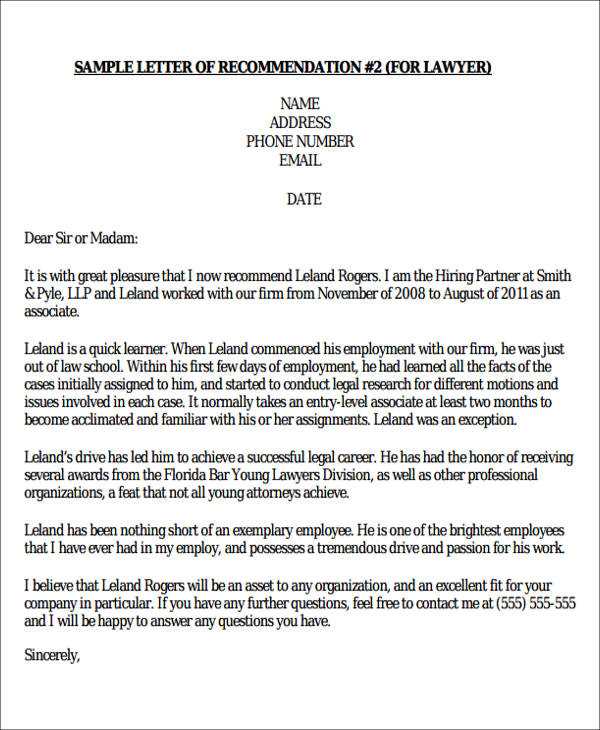
Crafting a compelling and convincing endorsement requires more than just listing an applicant’s achievements. To truly persuade the reader, the endorsement must highlight the individual’s unique qualities and potential in a way that stands out. Using clear, focused language and specific examples can make a big difference in how the message is received.
Be Specific with Examples
One of the most effective ways to build a strong case for the applicant is by providing specific examples that demonstrate their strengths. Rather than generalizing about their abilities, focus on real situations where the individual excelled. This adds credibility and depth to your endorsement, showing the applicant’s true value.
Use Strong, Positive Language
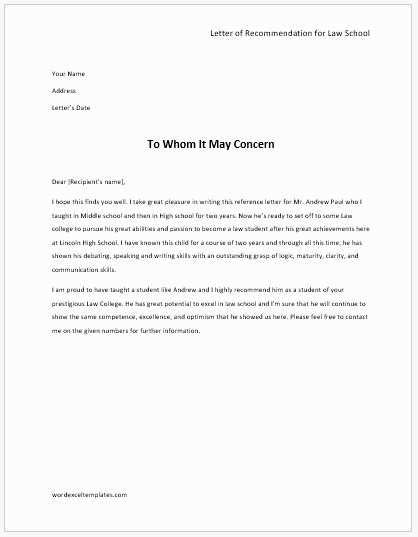
Choosing the right words can make your endorsement much more powerful. Instead of using passive or neutral language, opt for strong, positive terms that highlight the applicant’s abilities and character. Words like “outstanding,” “exceptional,” and “remarkable” can help create a more persuasive tone.
- Focus on achievements: Highlight the most impressive and relevant accomplishments.
- Show enthusiasm: Convey genuine excitement and belief in the applicant’s potential.
- Stay concise: Avoid lengthy explanations. Focus on impactful details that make a strong case.
By using clear examples and strong language, your endorsement will be more persuasive and provide a more convincing argument for the applicant’s suitability for the opportunity they are seeking.